
How to Use 24V Power Cord: Examples, Pinouts, and Specs
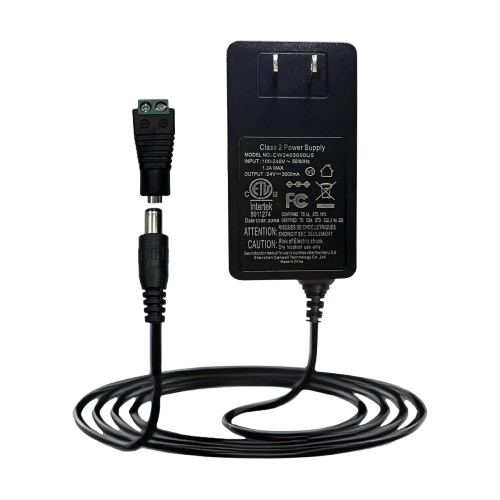
 Design with 24V Power Cord in Cirkit Designer
Design with 24V Power Cord in Cirkit DesignerIntroduction
A 24V power cord is a cable designed to connect electrical devices to a 24-volt power supply, providing the necessary voltage for operation. These cords are essential for powering a wide range of devices, including industrial equipment, LED lighting systems, and certain types of motors. They ensure a stable and reliable connection between the power source and the device, making them a critical component in many electrical systems.
Explore Projects Built with 24V Power Cord
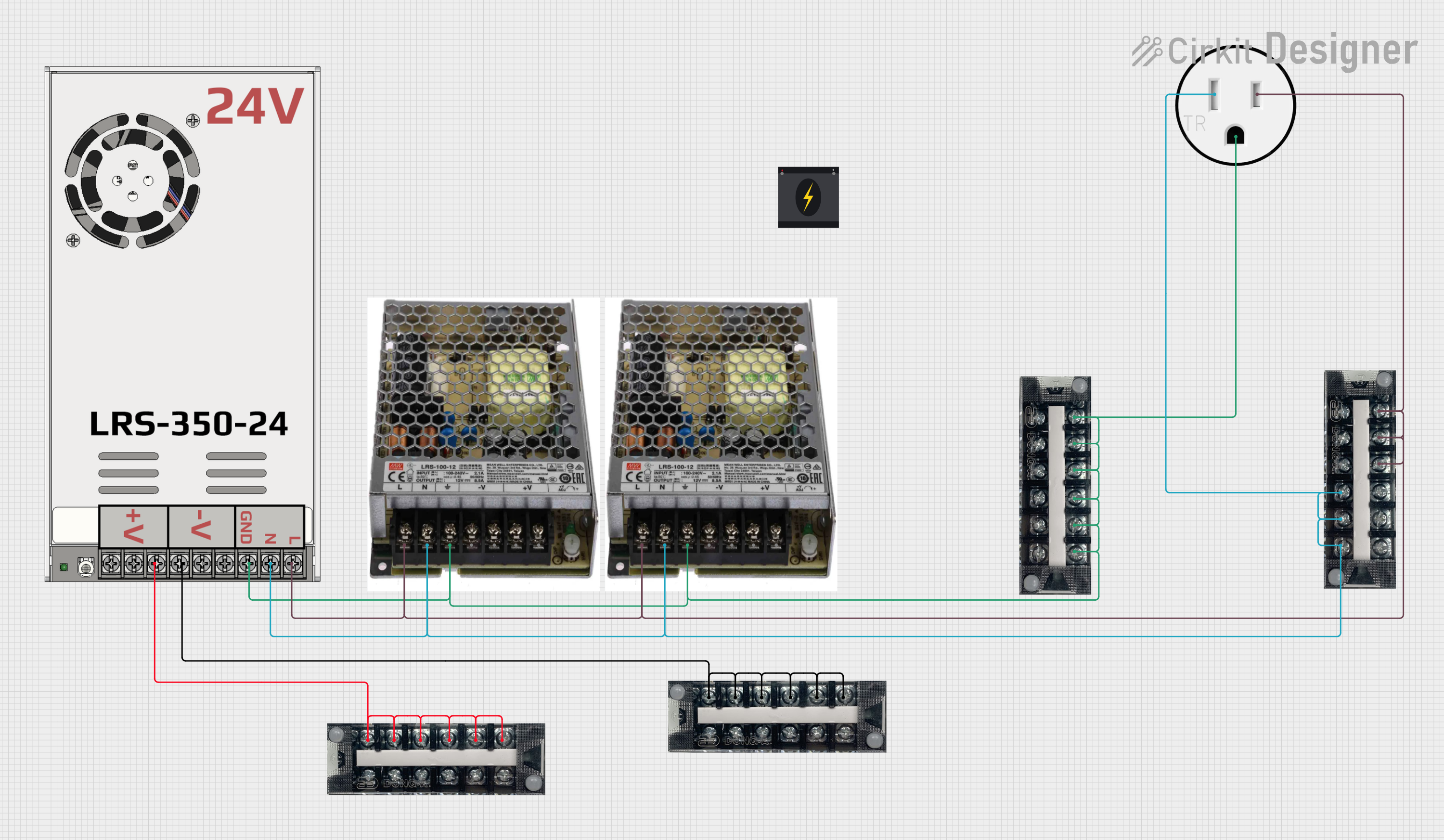
 Open Project in Cirkit Designer
Open Project in Cirkit Designer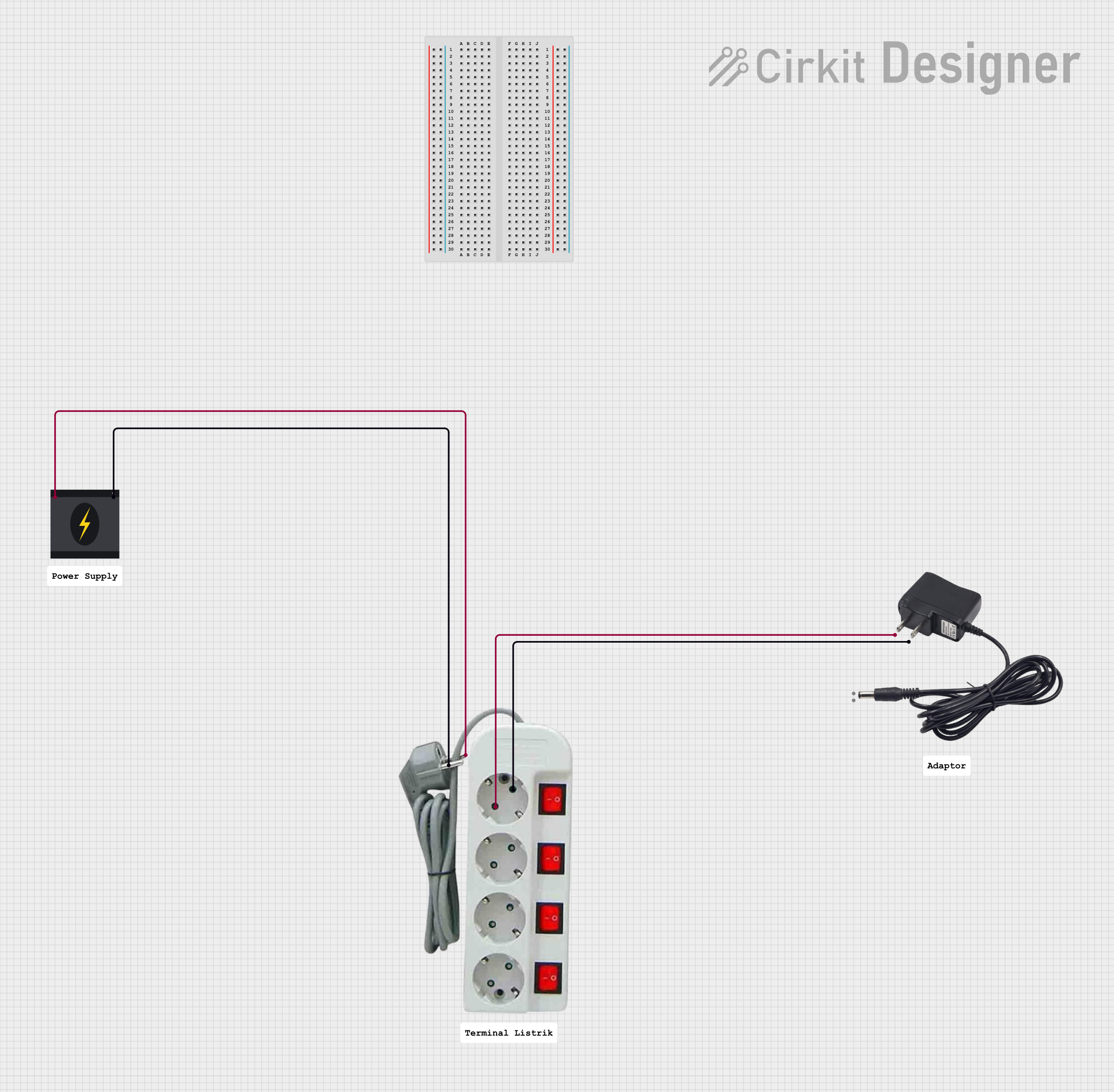
 Open Project in Cirkit Designer
Open Project in Cirkit Designer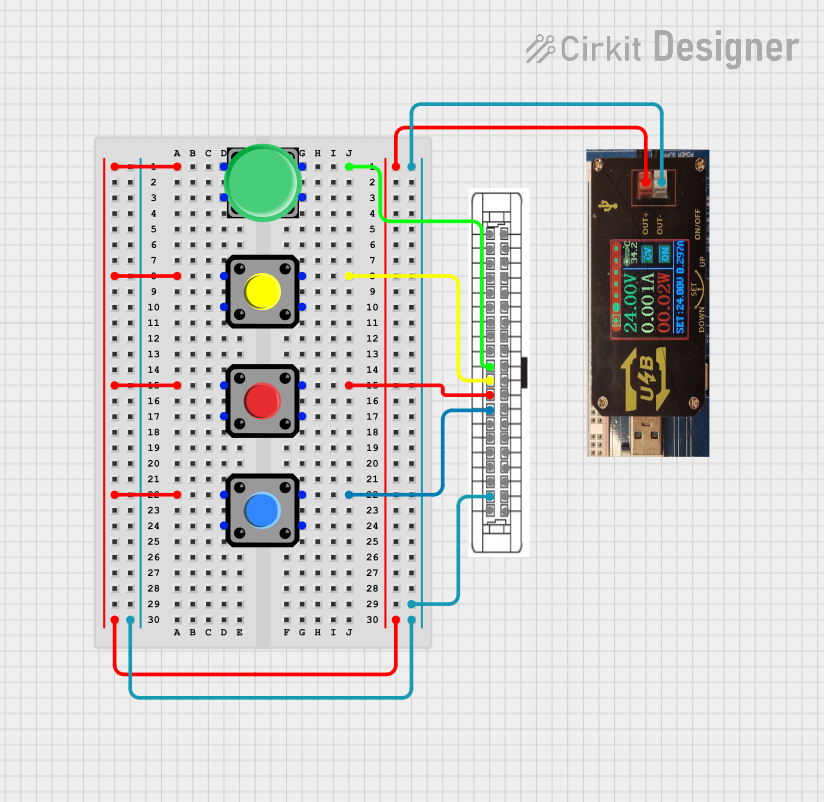
 Open Project in Cirkit Designer
Open Project in Cirkit Designer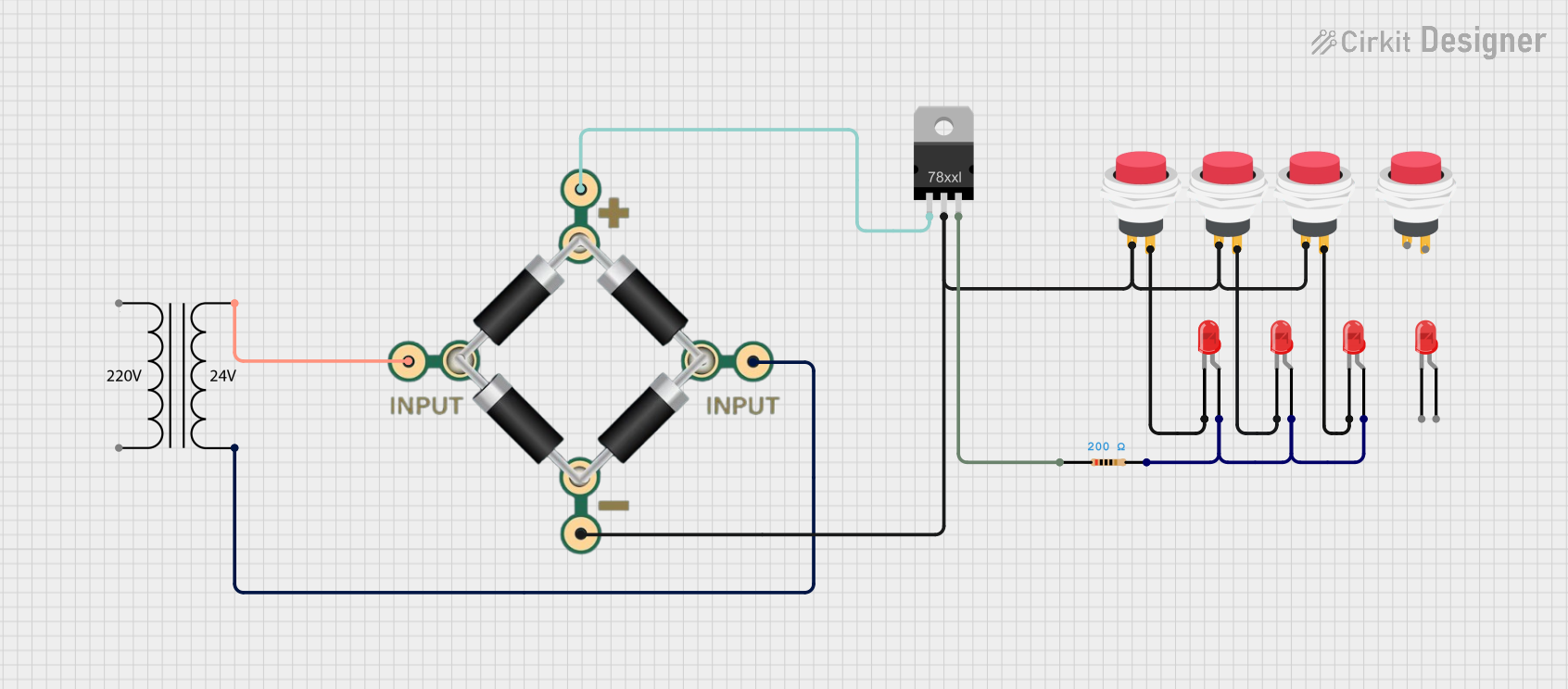
 Open Project in Cirkit Designer
Open Project in Cirkit DesignerExplore Projects Built with 24V Power Cord

 Open Project in Cirkit Designer
Open Project in Cirkit Designer
 Open Project in Cirkit Designer
Open Project in Cirkit Designer
 Open Project in Cirkit Designer
Open Project in Cirkit Designer
 Open Project in Cirkit Designer
Open Project in Cirkit DesignerCommon Applications and Use Cases
- Powering industrial machinery and automation systems
- Supplying power to 24V LED lighting strips and fixtures
- Connecting 24V DC motors in robotics and automotive applications
- Providing power to communication equipment and networking devices
- Used in renewable energy systems, such as solar panel setups
Technical Specifications
Below are the key technical details of a standard 24V power cord:
| Specification | Details |
|---|---|
| Voltage Rating | 24V DC |
| Current Rating | Typically 5A to 10A (varies by cord type and gauge) |
| Power Rating | Up to 240W (depending on current rating) |
| Wire Gauge | Commonly 18 AWG to 14 AWG (thicker wires for higher current capacity) |
| Connector Type | Barrel jack, spade terminals, or bare wire ends (varies by application) |
| Insulation Material | PVC or rubber (for durability and electrical safety) |
| Length | Typically 1m to 3m (custom lengths available) |
| Operating Temperature | -20°C to 70°C (varies by insulation material) |
| Certifications | UL, CE, or RoHS compliance (varies by manufacturer) |
Pin Configuration and Descriptions
For a 24V power cord with a standard barrel connector, the pin configuration is as follows:
| Pin | Description |
|---|---|
| Outer Sleeve | Ground (negative terminal) |
| Inner Pin | Positive terminal (24V DC supply) |
For cords with bare wire ends:
- Red Wire: Positive terminal (24V DC supply)
- Black Wire: Ground (negative terminal)
Usage Instructions
How to Use the 24V Power Cord in a Circuit
- Verify Compatibility: Ensure the device you are powering is designed to operate at 24V DC and does not exceed the current rating of the power cord.
- Inspect the Cord: Check the cord for any visible damage, such as frayed wires or exposed conductors, before use.
- Connect to Power Supply:
- For barrel connectors: Insert the connector into the device's power input port, ensuring a snug fit.
- For bare wire ends: Connect the red wire to the positive terminal and the black wire to the negative terminal of the power supply.
- Secure Connections: If using bare wire ends, tighten the connections with screws or terminal blocks to prevent loose connections.
- Power On: Turn on the power supply and verify that the connected device operates as expected.
Important Considerations and Best Practices
- Polarity: Always double-check the polarity of the connections to avoid damaging the device.
- Current Rating: Ensure the power cord's current rating matches or exceeds the device's requirements.
- Cable Management: Use cable ties or clips to secure the cord and prevent tripping hazards or accidental disconnections.
- Environmental Conditions: Avoid exposing the cord to extreme temperatures, moisture, or chemicals that could degrade the insulation.
Example: Connecting a 24V Power Cord to an Arduino UNO
While the Arduino UNO typically operates at 5V, you can use a 24V power cord with a step-down voltage regulator to safely power the board. Below is an example circuit and code:
Circuit Setup
- Connect the 24V power cord to a DC-DC step-down converter (e.g., LM2596).
- Adjust the converter output to 5V using a multimeter.
- Connect the converter's output to the Arduino UNO's VIN and GND pins.
Example Code
// Example code to blink an LED connected to pin 13 on the Arduino UNO
// Ensure the step-down converter provides a stable 5V to the Arduino
void setup() {
pinMode(13, OUTPUT); // Set pin 13 as an output pin
}
void loop() {
digitalWrite(13, HIGH); // Turn the LED on
delay(1000); // Wait for 1 second
digitalWrite(13, LOW); // Turn the LED off
delay(1000); // Wait for 1 second
}
Troubleshooting and FAQs
Common Issues Users Might Face
Device Not Powering On:
- Cause: Incorrect polarity or loose connections.
- Solution: Verify the polarity and ensure all connections are secure.
Overheating of the Cord:
- Cause: Exceeding the current rating of the cord.
- Solution: Use a cord with a higher current rating or reduce the load on the circuit.
Intermittent Power Loss:
- Cause: Damaged insulation or frayed wires.
- Solution: Replace the power cord immediately to avoid safety hazards.
Voltage Drop:
- Cause: Excessive cord length or insufficient wire gauge.
- Solution: Use a shorter cord or one with a thicker wire gauge.
Solutions and Tips for Troubleshooting
- Use a multimeter to check the voltage at the device's input terminals.
- Inspect the cord for physical damage or wear and replace it if necessary.
- Ensure the power supply is functioning correctly and providing a stable 24V output.
By following this documentation, you can safely and effectively use a 24V power cord in your projects and applications.